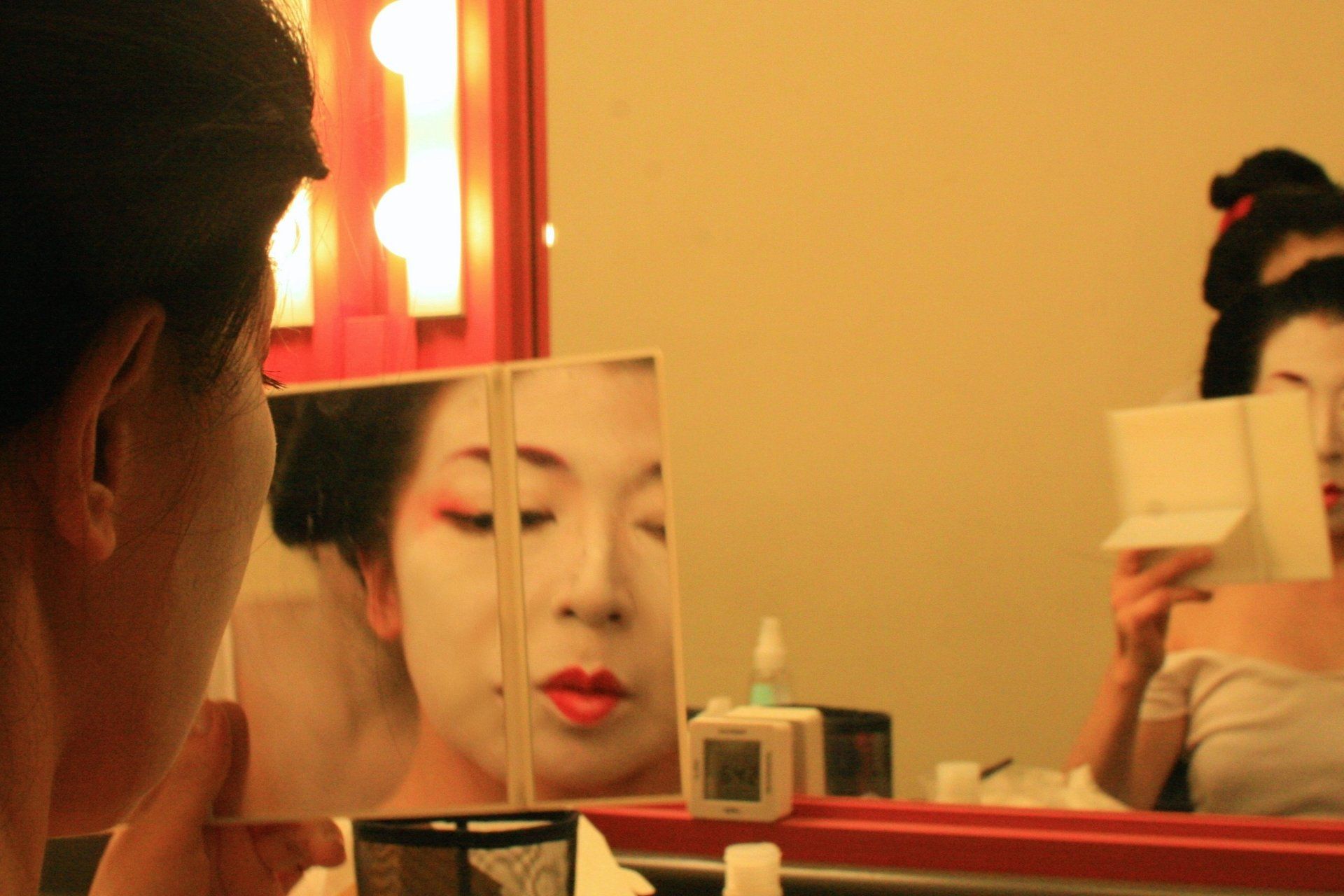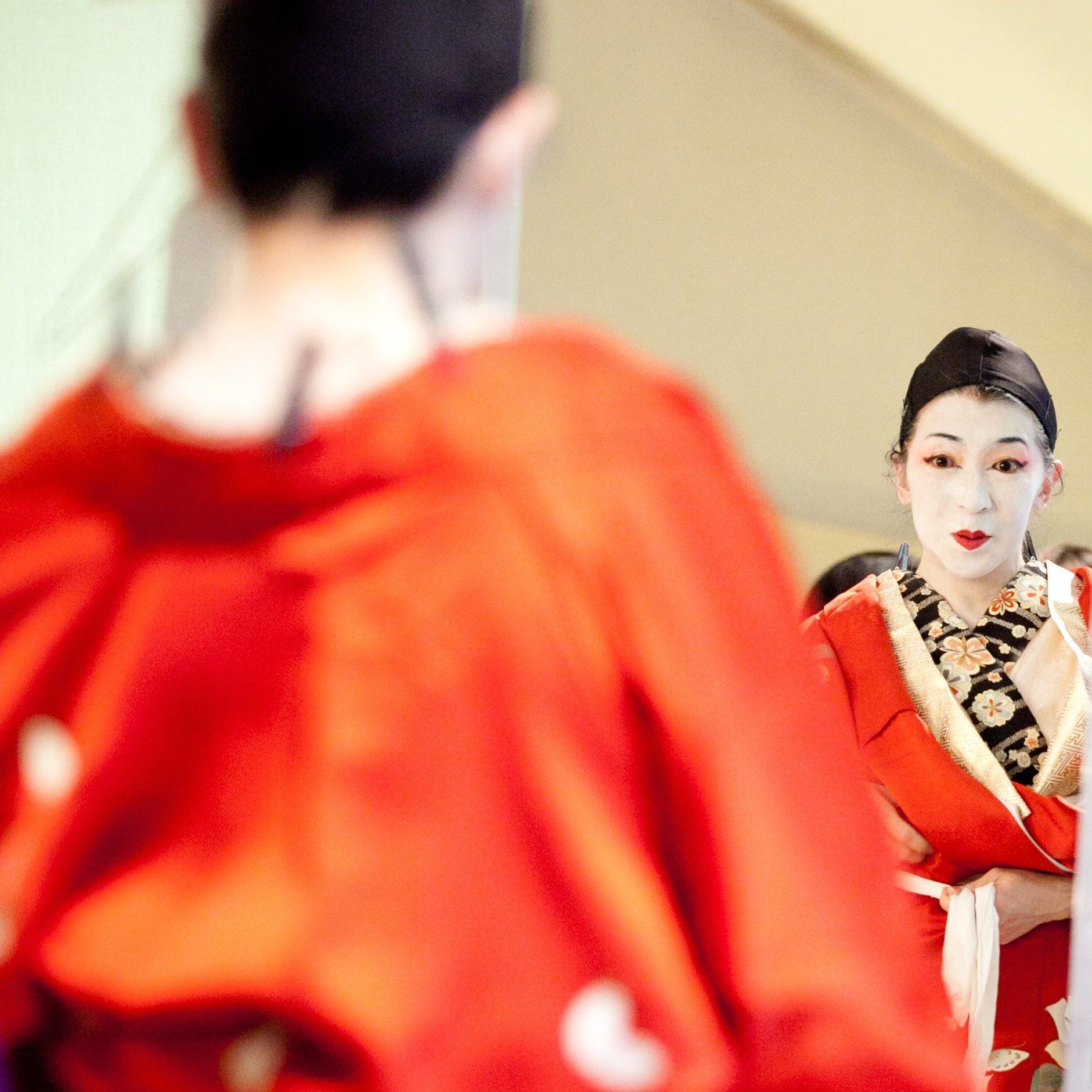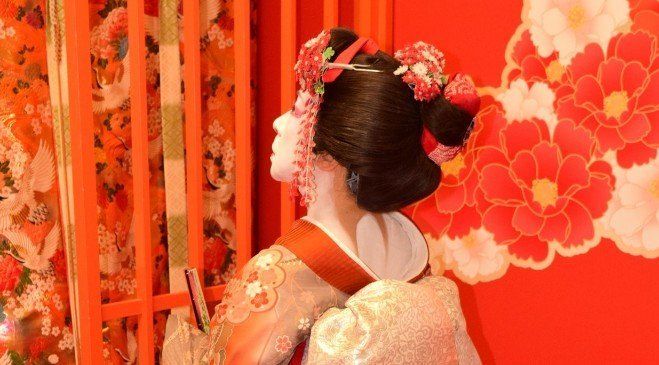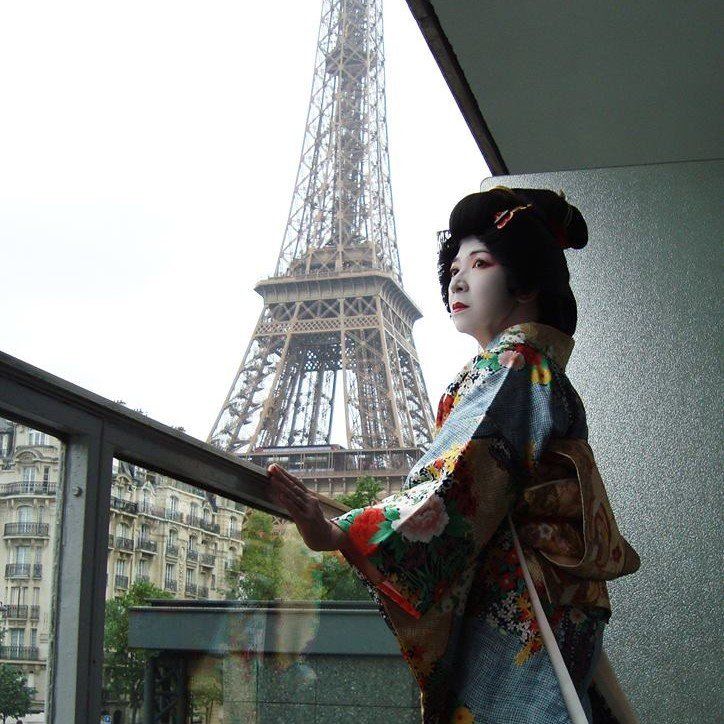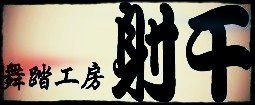SHOWS
For your private, public or corporate evenings,
Danse Compagnie NUBA offers Traditional Japanese Dance shows.
We adapt our service according to your request.
We are at your disposal to develop a project together. Dance performances can include showcase passages of saber and Japanese music. For dance, we have three Japanese dancers available for the year 2018.
Alone
Solo Dance by Juju Alishina
3 - 20 minutes
Some different pieces: Dance with the umbrella, Fan, Ténuguï (fabric).
3 - 20 minutes
Some different pieces: Dance with the umbrella, Fan, Ténuguï (fabric).
3 dancers
Juju Alishina 2 young dancers
3 - 20 minutes
Choreographed in Solo, Duo, Trio.
3 - 20 minutes
Choreographed in Solo, Duo, Trio.
Dynamic show with multiple variations for a complete evening.
With other Japanese artists
Japanese evening
around the dancewith :
- Japanese Live Music
Koto, Nô-kan (Japanese flute), Drum,
Koto, Nô-kan (Japanese flute), Drum,
- Japanese sword demonstration
- Tea ceremony
How to order a tailor-made service from us?
1) Provide us with the following information: Date, Time, Place, Desired duration, Objective of the show (for which audience).
2) We contact the artist, then we send you a quote / order form.
3) After agreement, you send us the signed order form accompanied by the deposit check (10% of the negotiated price).
4) Upon receipt of these elements, we ensure the availability of artists.
5) We communicate the technical conditions to you by e-mail and telephone.
6) You pay us the balance directly at the end of the show, on presentation of an invoice (we apply penalties for late payment: 1.3% / month late).
2) We contact the artist, then we send you a quote / order form.
3) After agreement, you send us the signed order form accompanied by the deposit check (10% of the negotiated price).
4) Upon receipt of these elements, we ensure the availability of artists.
5) We communicate the technical conditions to you by e-mail and telephone.
6) You pay us the balance directly at the end of the show, on presentation of an invoice (we apply penalties for late payment: 1.3% / month late).
Video directed by Philippe Thomert
The Nihon-Buyô
Nihon-Buyô is the traditional art of dance and mime in Japan, which appeared in the Edo period (early 17th century) from older traditions. While Noh theater and Kabuki have always been reserved for men (who also performed female roles), Nihon-Buyô is accessible to everyone, women and men, even if this art is particularly associated with the style of dance performed by geishas. This is a very complex dance involving techniques combining the use of the fan, the parasol and certain specific accessories.
Nihon-Buyô allows everyone to practice all traditional Japanese dance choreographies, whether from Noh, Kabuki or folk dance.
---------
The Nihon-Buyô takes its source in the ancestral Japanese dance, which was based on incantations, to invoke the spirits of the dead, and prayers for the rest of the souls. This dance consists of the following three elements:
MAÏ, which means to turn around
ODRI, which means to jump
FURI, which means mimicking gestures representing everyday life or a social condition.
These definitions of maï, odori and furi correspond to the original meaning. Nowadays, all three are used in Nihon-Buyô codes.
Nihon-Buyô schools in Japan follow a pyramidal structure: the "Natori" (professional dancer diploma) is the first grade, then comes the "Shihan" (teaching diploma). The "Iemoto" (honorary title) is held by a single person, founder of the school.
Juju ALISHINA was trained in "Fujiwaka" school and passed Natori and Shihan. She founded her dance school and has been creating and teaching in France since 1998.
Our references (places where we worked)
Paris
Palais des Congrès, Rodin Museum, Guimet Museum, Grand Palais, Albert-Kahn Museum, Longchamp Racecourse, Mogador Theater, Japanese Embassy, House of World Cultures, Cyclone Le Studio, Jardin du Trocadéro - Cinéaqua, Muséum d ' Natural History of Paris, Kenzo's House, Hotel Lutetia, Hotel Royal Monceau, Hotel St James, Pullman Tour Eiffel, Adyar Theater, UNESCO.… ..
Regions in France
Gallo-Roman Museum of Saint-Romain-en-Gal, Royal Monastery of Brou, Textile Museum, Cayla Castle-Museum, Bordeaux Contis Film Festival, Le Forum at the Avignon Festival.… ..
foreigner
Tokyo Kokusai Forum, Striped House Museum of Art in Tokyo, Kyoto Alti Hall, Tokyo Geijutsu Gekijou, Tokyo Theater CAI à To, Karmiel Danse Festival, in Israel, Göttingen MAMU Butoh Festival in Germany, French Consulate in Istanbul, Lleida (Catalunya) Concordia Festival in Spain, Almada Dance Festival in Portugal, Musical theater works in New York,.… ..
For companies
Toyota, Menicon, Century 21, Nuxe, Kenzo, Kanebo, Shiseido, Louis Vuitton,.… ..
For universities
USA / Ohaio, Denison university
USA / Pennsylvania, Juniata College
to discover Butô (contemporary Japanese dance)
Our mission is to transmit traditional Japanese dance and to develop a more modern and original dance.




